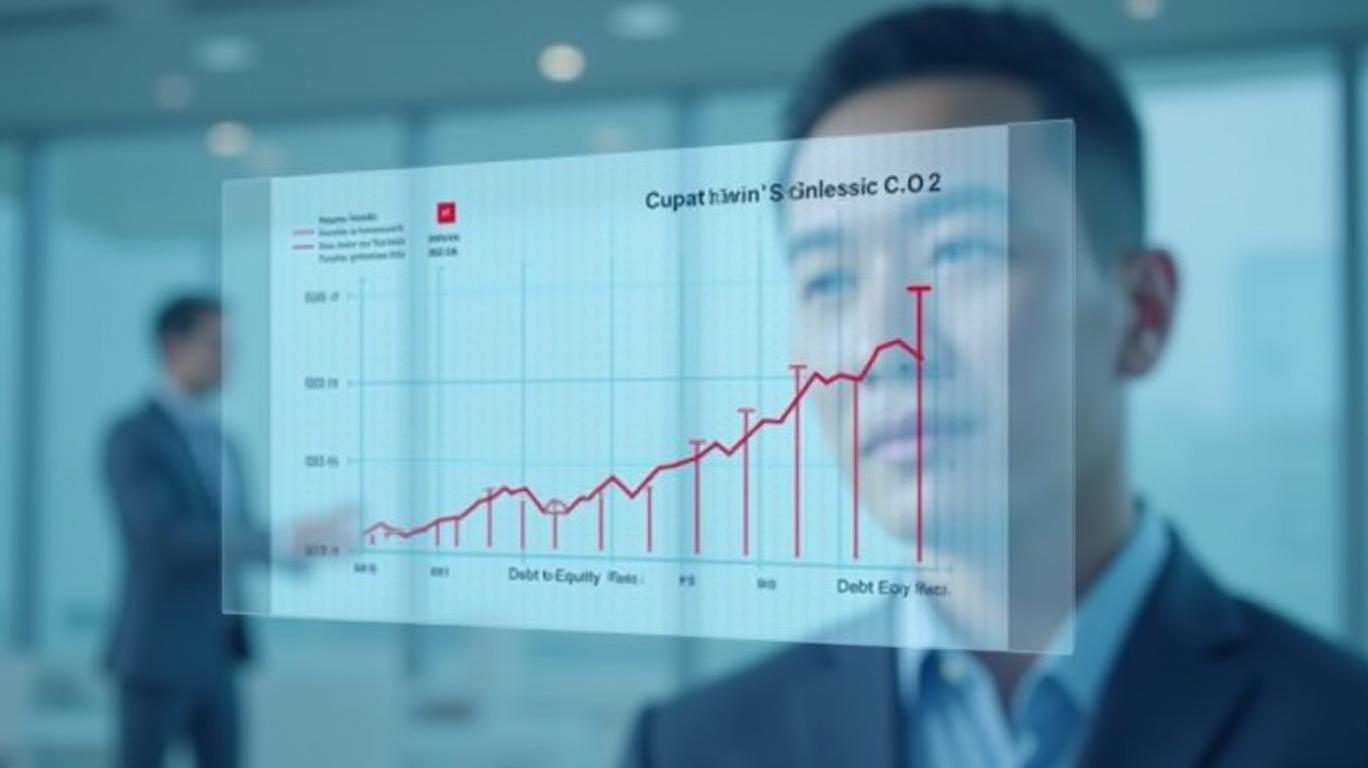Capital Reduction vs Buybacks: The Tax-Smart Play for Maximizing Shareholder Value
In an era of volatile markets and shifting regulatory landscapes, corporations are increasingly weaponizing two tools—share buybacks and **capital reduction—to shape shareholder value. But with tax implications, liquidity risks, and growth signals at stake, investors must decode which strategy best aligns with a company’s true financial health. Here’s how to separate winners from losers.
The Playbook: Buybacks vs. Capital Reduction
Share Buybacks are the corporate equivalent of a confidence boost. Companies repurchase their own shares using profits or capital, reducing outstanding stock and boosting metrics like EPS (Earnings Per Share). For instance, a company with $100 million in earnings and 10 million shares outstanding sees an EPS of $10. If buybacks cut shares to 8 million, EPS jumps to $12.50—a quick win for short-term optics.
Capital Reduction, however, is a structural reset. It permanently shrinks a company’s registered capital, often to eliminate accumulated losses or simplify debt ratios. Unlike buybacks, it doesn’t just retire shares—it alters the corporate
.Tax Efficiency: Where the Rubber Meets the Road
The U.S. Inflation Reduction Act has turned buybacks into a tax minefield. A 1% excise tax (rising to 4% under proposed rules) now penalizes net buybacks exceeding $1 million annually. In contrast, capital reductions sidestep this levy entirely.
Take Wolters Kluwer, which executed a €198.8 million buyback in early 2025. While compliant with EU regulations, its U.S. peers face a stark choice: divert cash to buybacks and pay penalties, or opt for capital reduction to avoid them.
Liquidity and Signaling: Proceed with Caution
Buybacks are a liquidity drain, siphoning cash that could fund R&D or acquisitions. A company with weak free cash flow (FCF) might use buybacks to prop up EPS, masking underlying weakness.
Capital reduction, however, sends a mixed signal. In Japan, where buybacks surged in 2023, firms like Toyota used capital reductions to resolve legacy losses—strategic and necessary. But in the EU, a capital reduction might raise red flags if accompanied by rising debt.

When to Bet on Buybacks vs. Capital Reduction
| Scenario | Best Play | Why? |
|---|---|---|
| Boosting EPS quickly | Buybacks | Instantly reduces shares outstanding, lifting metrics. |
| Clearing accumulated losses | Capital Reduction | Permanently resolves balance sheet drags without future tax liabilities. |
| High tax jurisdictions | Capital Reduction | Avoids excise taxes (U.S.) or dividend withholding (EU). |
| Growth-starved sectors | Buybacks | Signals confidence in current valuation, attracting passive investors. |
Red Flags to Avoid
- Buybacks on Borrowed Money: If a firm uses debt to fund buybacks, it risks interest rate sensitivity and leverage traps.
- Capital Reductions with Rising Debt: A shrinking capital base paired with rising liabilities signals desperation, not strength.
- Regulatory Non-Compliance: In Asia, Japan’s rising buybacks face scrutiny over disclosure gaps. Always check filings for special resolutions (capital reduction) or solvency statements (buybacks).
Action Plan for Investors
- Audit the Balance Sheet: Capital reductions are ideal for firms with negative equity or excess capital reserves.
- Track Tax Rates: In the U.S., favor firms that pair buybacks with dividend hikes to offset excise taxes.
- Scrutinize Liquidity: A company with FCF > 150% of buyback spend is safer than one relying on debt.
- Watch Regulatory Moves: The EU’s one-week disclosure lag for buybacks creates timing risks—avoid firms with poor transparency.
Final Verdict: Time to Act
The choice between buybacks and capital reduction isn’t just financial—it’s strategic theater. Investors who prioritize tax-smart, liquidity-positive plays will outperform.
In 2025, Japan’s corporate restructuring and U.S. tax reforms are creating clear winners. Act now—before regulatory shifts and market shifts leave you in the dust.
Invest wisely, but act decisively.

Comments
No comments yet